Leather is a natural material that comes from the skin of animals. It has been used for thousands of years to make clothing, furniture, and other items. In recent years, leather has become popular again as a material for up to date furniture and accessories. There are many different types of leather, including distressed leather. In this comprehensive guide, we will answer all of your questions about distressed leather!
History of Distressed Leather
As its name suggests, distressed leather is a type of leather that has been intentionally damaged or aged to give it a vintage look. This can be done through a variety of methods, such as sanding, staining, or even using chemicals.
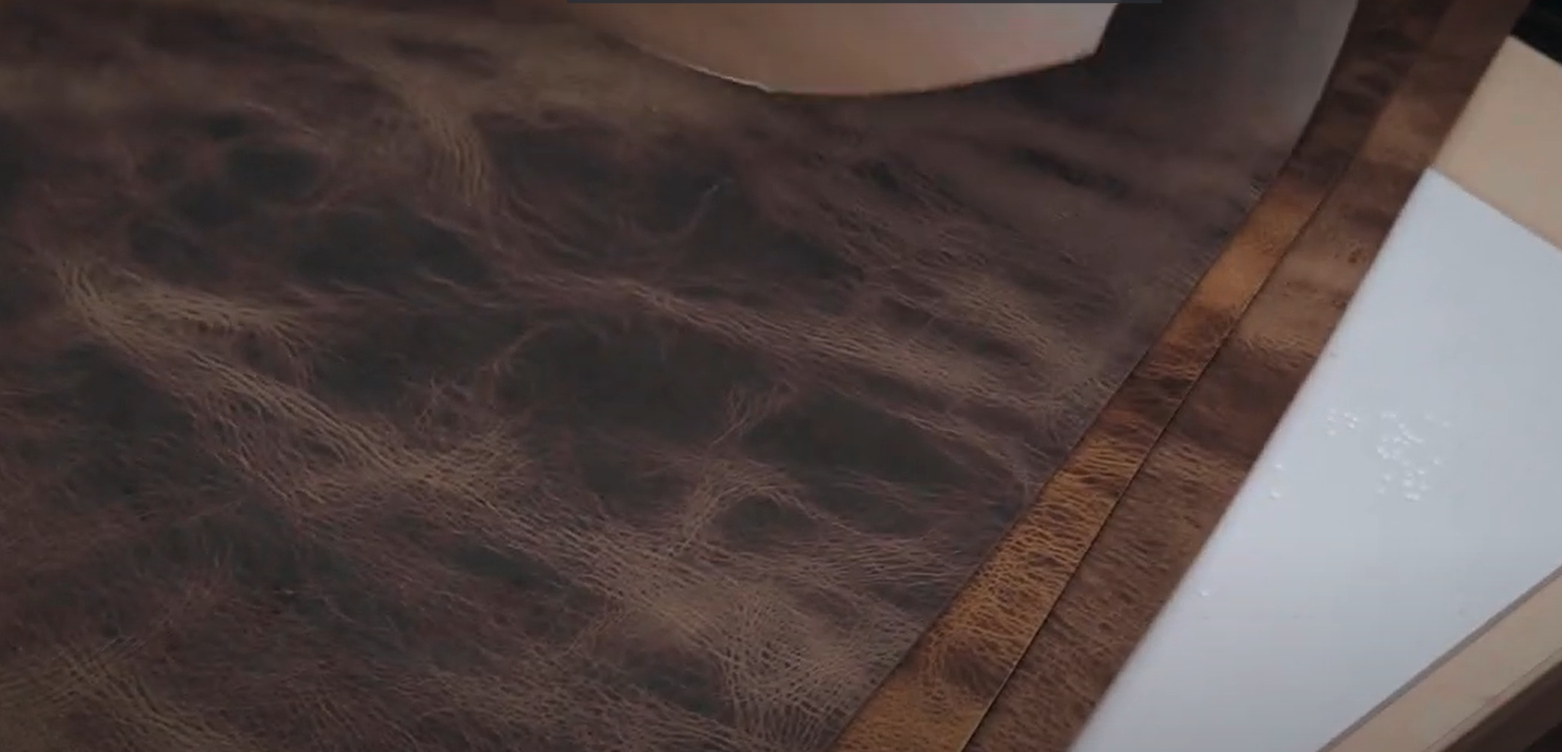
There are two main reasons why someone might choose to use distressed leather: for its aesthetics or for its durability. Aesthetically, distressed leather has a unique charm that can add character to any piece of furniture or clothing. You won’t find two identical pieces of distressed leather, which makes it all the more special. It also has a certain ruggedness that many people find appealing.
Durability-wise, distressed leather is often more resistant to wear and tear than regular leather, since only high-quality leather is used for this purpose. Some people even claim that leather actually becomes more durable after it has been distressed. [1], [2]
How Distressed Leather is Made
The important step in distressed leather is choosing high-quality leather. Cheap and poor quality leathers will not have the same durability or beauty as a higher quality piece and may not withstand the same level of wear and tear. The best leather for distressing is full-grain leather.
Full-grain leather is the top layer of the hide that has all of the natural grain. It’s the strongest and most durable type of leather you can buy. And because it hasn’t been sanded or buffed (like top-grain or genuine leather), it keeps more of its natural character intact.
Other methods for distressing leather include adding chemicals that break down the fibers, as well as physical methods like stamping and scratching the surface with a hard brush. These techniques can also be combined to create even more unique looks. No matter what method is used, the goal is always to create a one-of-a-kind piece that looks like it’s been around for years.
You can also use a heat gun to distress your leather. This is a method that’s often used by professional leatherworkers, but it can be done at home as well. The heat gun technique involves using a heat gun to apply controlled amounts of heat to the surface of the leather. This will cause the fibers to contract and create a distressed, burned look. [1], [2]
How is Distressed Leather Different From Ordinary Leather
The main difference between distressed leather and ordinary leather is the way it’s handled. As we mentioned before, distressed leather is created by intentionally damaging or aging the surface of the leather. This gives it a unique appearance that you won’t find in regular leather. Ordinary leather on other hand is simply treated with chemicals and dyes to give it a certain color or texture.
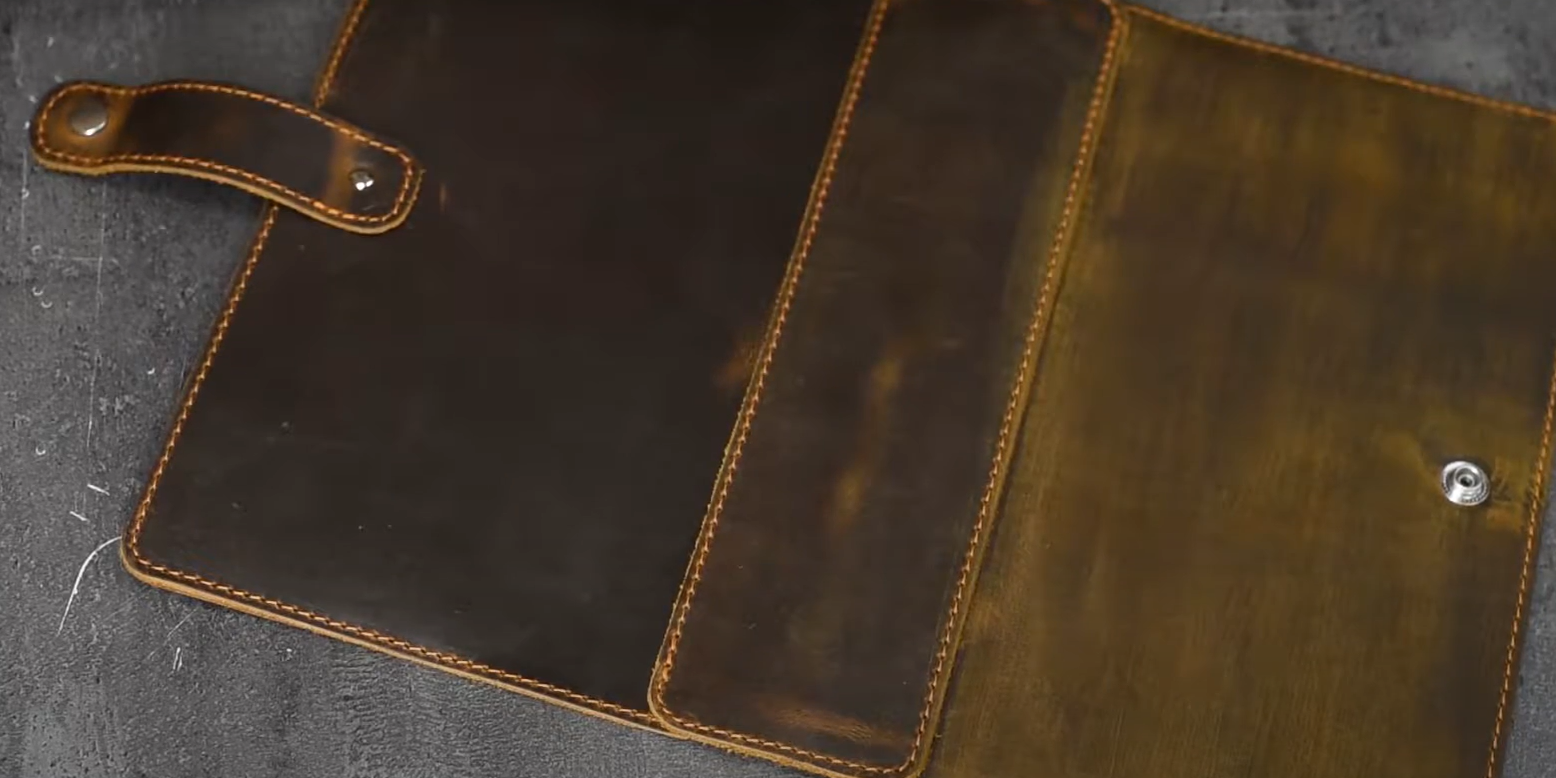
Distressed leather can also develop a glossy patina quickly, which is something that takes a lot of time with regular leather. Patina forms naturally as you use the leather, and the distressing process speeds up this process. This is why many people prefer distressed leather for their furniture and other everyday items. The patina gives the leather a unique look that evolves over time, and it can really add character to your home.
Distressed leather also experiences a change of color. Distressing can bring out the natural variations in the color of the leather, which gives it a more unique and interesting appearance. Regular leather is often dyed to a single, uniform color, which can make it look plain in comparison. [1], [2]
How to Take Care of Distressed Leather
After you’ve put in the time and effort to create the perfect distressed leather piece, you’ll want to make sure it lasts for years to come. The good news is that distressed leather is actually quite easy to take care of, as long as you follow a few simple rules.
Wipe down your distressed leather products regularly

Because distressed leather has a lot of dents and scratches, it can collect dust and dirt more easily than regular leather. To keep your distressed leather looking its best, it’s important to wipe it down regularly with a soft cloth.
Use only compatible leather cleaners
When it comes to cleaning and conditioning distressed leather, you should always use products that are specifically designed for your kind of leather. Never use harsh chemicals or cleaners that contain alcohol, as these can damage the leather. Be sure to follow the instructions on your cleaner and conditioner to avoid causing any damage.
Wax your leather to protect it from water damage
To further protect your distressed leather from spills and stains, you can apply a thin layer of beeswax or leather conditioner. This will help to create a barrier against water damage, as well as keep the leather soft and supple.
When applied correctly, a beeswax or leather conditioner will not alter the appearance of your distressed leather. If you’re unsure about how to apply these products, you can always consult a professional.
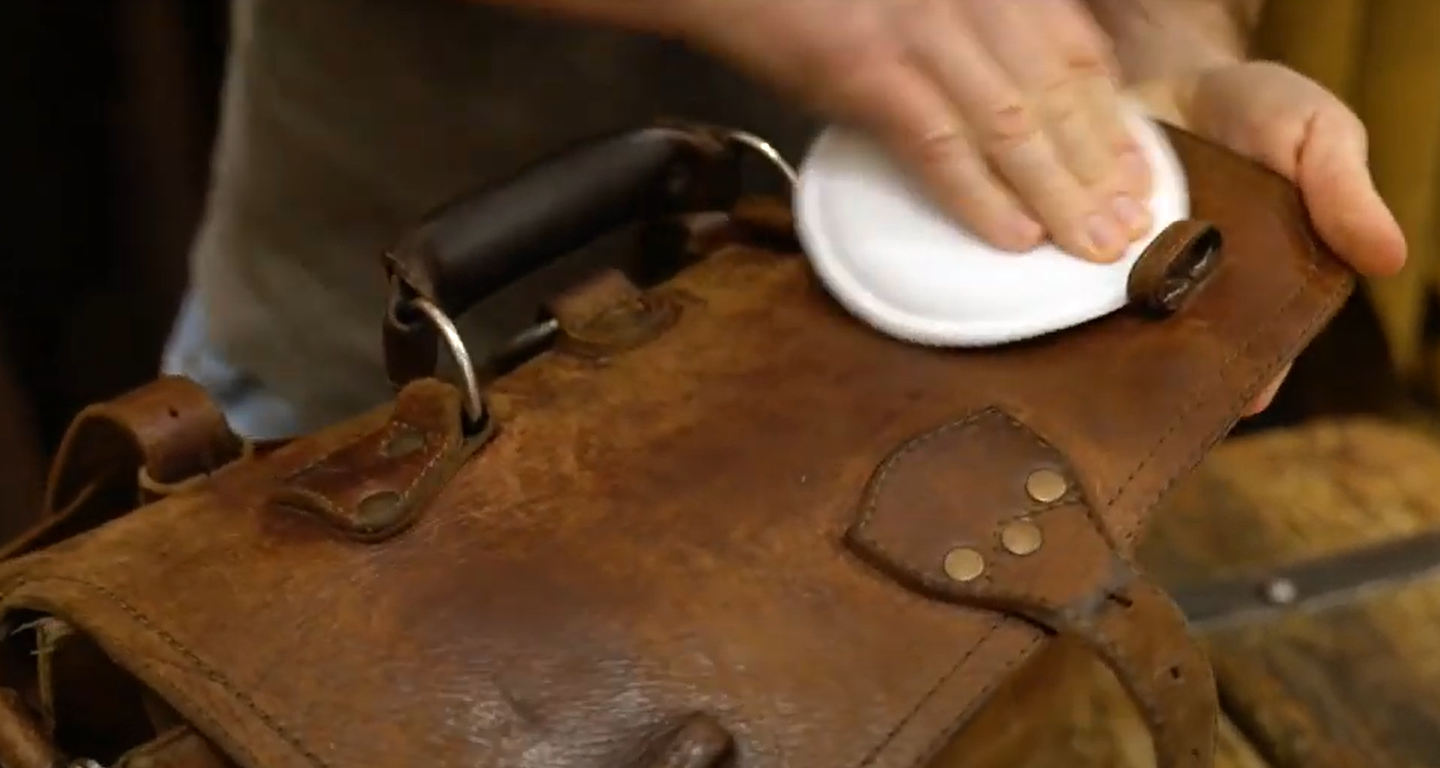
It’s important to reapply your beeswax or leather conditioner regularly, as the barrier it creates will eventually wear down. How often you need to reapply will depend on how often you use the piece of leather and how exposed it is to water and other liquids. As a general rule, you should reapply every few months to keep your leather in top condition. [1], [2]
Comparison of Indicators for Distressed Leather
This table provides a comparison of various indicators for distressed leather. Distressed leather is a type of leather that undergoes a deliberate aging or weathering process to create a worn and vintage appearance. It is characterized by unique markings, wrinkles, and a rugged texture, giving it a distinct and timeless appeal. The table below presents numerical data, measured in the imperial system, highlighting key indicators that differentiate distressed leather from other types of leather.
The table consists of several columns representing different indicators and their corresponding values for distressed leather. The indicators include thickness, durability, flexibility, and cost. Each row in the table represents a specific aspect of the indicator being compared.
| Indicator | Distressed Leather | Standard Leather |
|---|---|---|
| Thickness (inches) | 0.08 | 0.06 |
| Durability (years) | 10 | 15 |
| Flexibility (rating) | 8 | 9 |
| Cost ($) | 120 | 100 |
In the table, the first column represents the different indicators, such as thickness, durability, flexibility, and cost. The second and third columns present the corresponding values for distressed leather and standard leather, respectively. The values are given in inches for thickness, years for durability, a rating scale for flexibility, and dollars for cost.
The data in the table suggests that distressed leather tends to be slightly thicker than standard leather, providing a more substantial and robust feel. However, standard leather generally offers greater durability, lasting about 15 years compared to the 10-year lifespan of distressed leather. In terms of flexibility, distressed leather is rated slightly lower but still maintains excellent suppleness. As for cost, distressed leather is priced slightly higher than standard leather, reflecting its unique manufacturing process and vintage aesthetic.
Please note that the values provided in the table are for illustrative purposes and may vary depending on the specific products and manufacturers of distressed and standard leather.
FAQ
Is distressed leather good?
While some may see distressed leather as damaged goods, others find the unique markings and patina of the material to be quite beautiful. In fact, many people purposely purchase items made from distressed leather because they like the aged look it gives off.
If you’re wondering whether or not distressed leather is a good choice for your next project, it really depends on what you’re going for aesthetically. If you want something that looks well-worn and vintage, then this could be an excellent option. However, if you’re looking for a pristine and flawless finish, then regular leather would probably be a better bet.
What is distressed leather called?
Distressed leather is also called “antique” or “vintage” leather. It is a type of leather that has been deliberately damaged to give it an aged look. It can be achieved with a variety of methods, like applying chemicals, rubbing the surface with sandpaper, and hitting the surface with a blunt object.
All of these methods work to create a distressed look by breaking down the top layer of the leather, revealing the lower layers beneath. This gives the leather a unique appearance that is often sought after by people who want their furniture and accessories to have a vintage look.
Is distressed leather full grain?
Usually yes! Most distressed leather is made from full grain, top-quality hides. This type of leather is more durable and ages better than other types of leather. Distressing is very harsh on leather, so it’s important to start with a high-quality hide.
However, some distressed leather is made from lower quality hides, like corrected grain or split grain leather. These types of leather are not as durable and won’t develop the same rich patina over time.
How is distressed leather different from regular leather?
Distressed leather undergoes a deliberate aging and weathering process to create a worn, aged, or vintage appearance. This process involves various techniques such as sanding, buffing, staining, and applying dyes or finishes. In contrast, regular leather is typically in its natural state or undergoes minimal processing to maintain its original texture and appearance.
What are the advantages of using distressed leather?
Distressed leather offers several advantages:
- Unique and Vintage Look: Distressed leather has a distinctive and aged appearance that adds character and charm to leather products.
- Increased Durability: The aging and distressing process often makes the leather more durable, as it can hide minor scratches, scuffs, and imperfections that may occur with use.
- Minimal Maintenance: Distressed leather tends to require less maintenance compared to other types of leather. It can better withstand everyday wear and tear without showing significant signs of damage.
Does distressed leather have any disadvantages?
While distressed leather has its appeal, it’s important to consider a few potential drawbacks:
- Reduced Leather Quality: The distressing process may involve altering the leather’s surface, which can affect its natural properties and characteristics.
- Less Consistency: Due to the intentional distressing techniques, there may be variations in the appearance and texture of distressed leather products, which might not be desirable for some individuals.
- Higher Cost: Distressed leather products can be more expensive than regular leather due to the additional labor and craftsmanship required to achieve the desired distressed effect.
What are some common uses of distressed leather?
Distressed leather finds application in various products, including:
- Furniture: Distressed leather is often used in sofas, armchairs, and ottomans to create a vintage or rustic look.
- Footwear: Boots, shoes, and sandals made from distressed leather are popular for their rugged and worn appearance.
- Accessories: Bags, wallets, belts, and watch straps are commonly crafted using distressed leather to add a touch of uniqueness and character.
- Apparel: Jackets, vests, and pants can also be made from distressed leather to achieve a stylish and aged look.
How should I care for distressed leather products?
Proper care can help maintain the longevity of your distressed leather products:
- Regular Cleaning: Use a soft cloth or brush to remove dust and dirt from the leather’s surface. Avoid using harsh chemicals or excessive water.
- Conditioning: Apply a leather conditioner specifically designed for distressed leather to moisturize and restore the leather’s natural oils.
- Avoid Sunlight and Heat: Prolonged exposure to direct sunlight or heat sources can cause the leather to fade or dry out. Keep your distressed leather products away from such conditions.
- Store Properly: When not in use, store your distressed leather items in a cool, dry place away from humidity and excessive moisture.
Can distressed leather be repaired?
Minor damages like scratches or scuffs can often be remedied using leather conditioners or specialized leather repair kits. However, significant repairs or restoration work is best left to professional leather artisans who have experience working with distressed leather.
Useful Video: WHAT IS DISTRESSED LEATHER?
Conclusion
Distressed leather is a high-quality leather that was purposefully damaged to earn a vintage or antique look.This type of leather is achieved by using a variety of techniques that give the hide a unique, one-of-a-kind appearance. Distressed leather has become increasingly popular in recent years as more people have become interested in vintage and rustic style furniture and accessories. If you’re thinking about incorporating this unique material into your home décor or getting a distressed leather wallet, be sure to consider the tips we covered in this blog post. Thanks for reading! We hope this guide was helpful. Do you have any questions about distressed leather that we didn’t cover? Let us know in the comments below!
References
- https://andar.com/blogs/blog/what-is-distressed-leather
- https://steelhorseleather.com/blogs/the-journal/what-is-distressed-leather

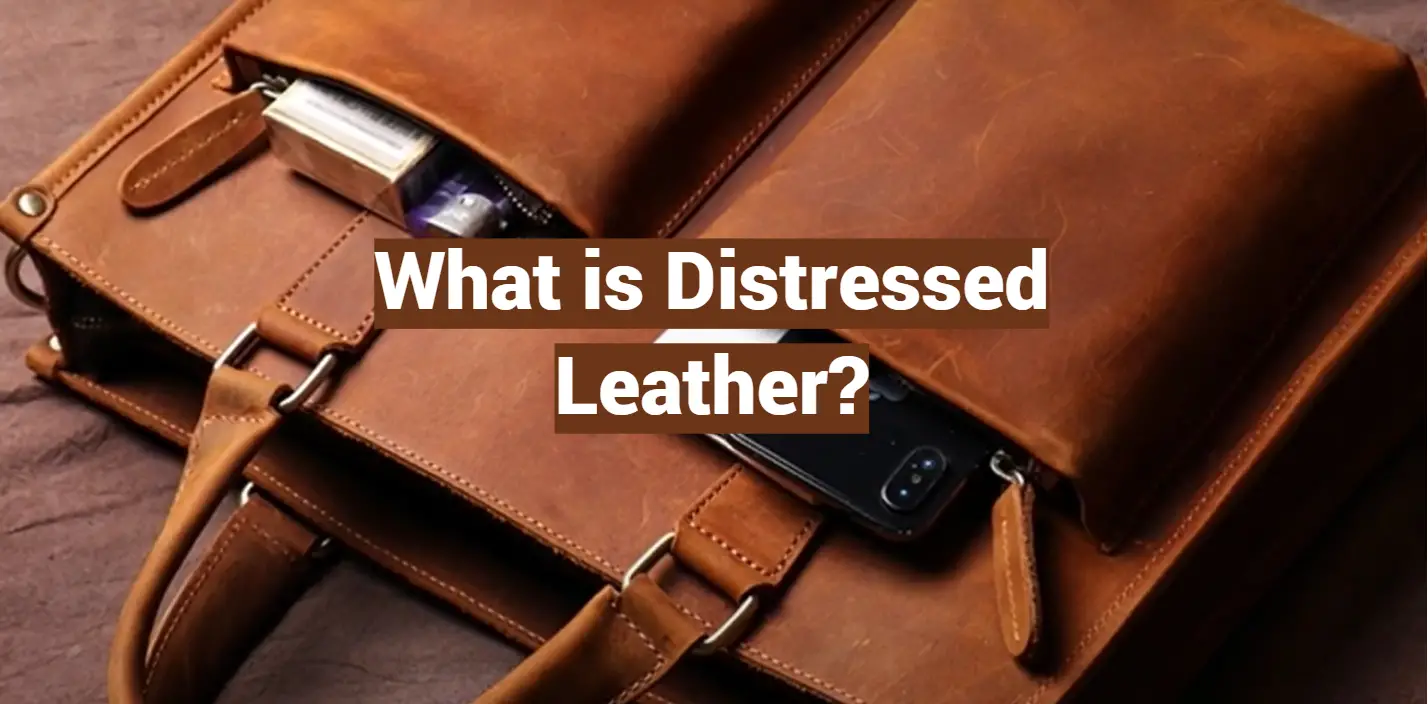
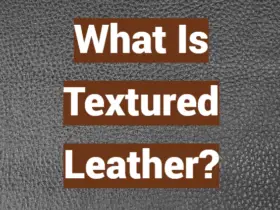


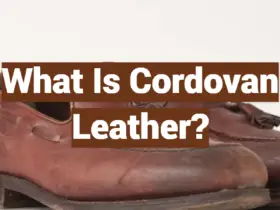

Leave a Reply